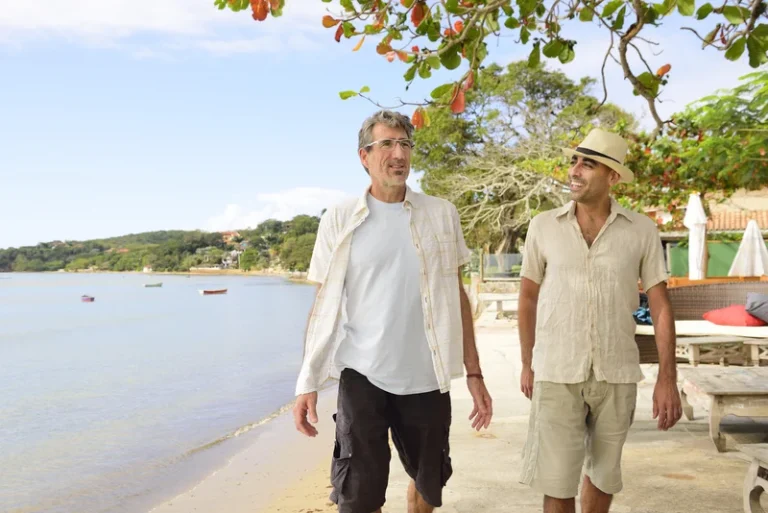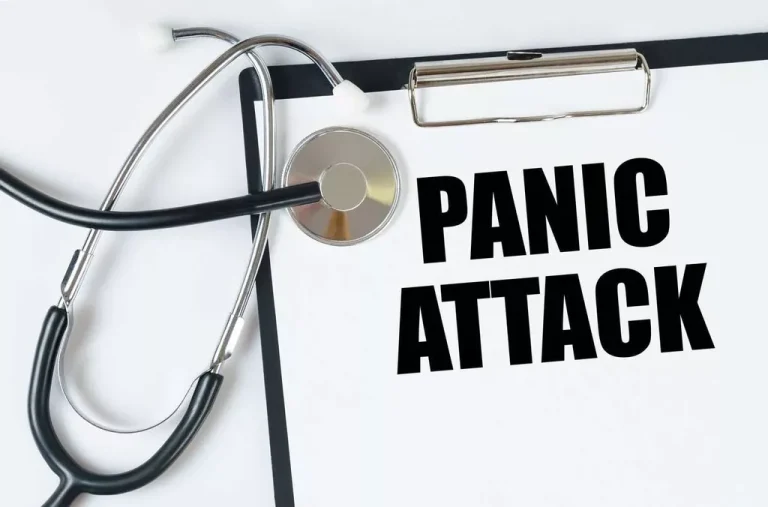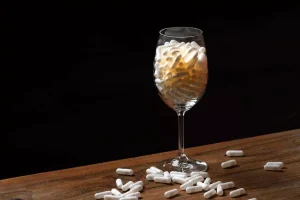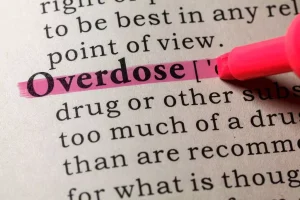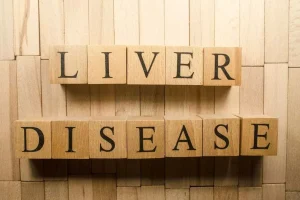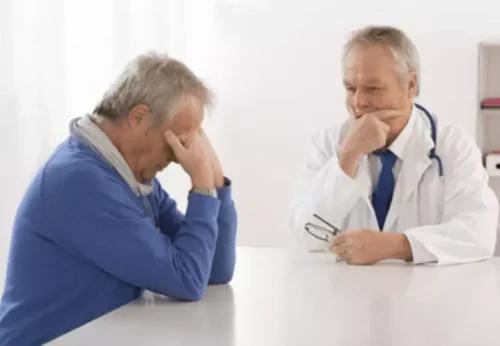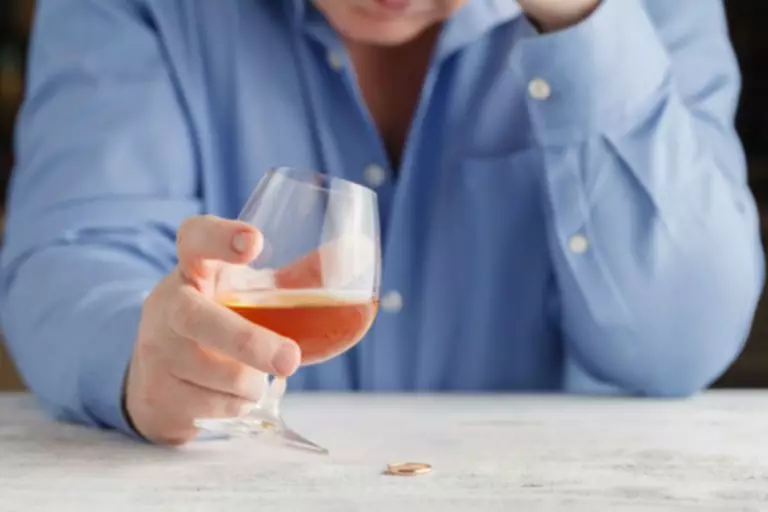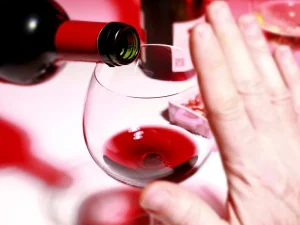Despite its name, pink cocaine doesn’t contain any actual cocaine. Instead, pink cocaine is a synthetic substance that contains 2C-B, which is a combination of powerful psychoactive compounds. Some of the most common methods of using pink cocaine are snorting, swallowing, or smoking. Since then, pink cocaine has started to appear more frequently in American party atmospheres, such as nightclubs, concerts, and music festivals. As this new drug travels from the tabloids to the masses, it’s important to understand what it is and the risks of this new substance. Powdered alcohol comes in a variety of flavors, including margarita, cosmopolitan, and lemon drop.
But it’s real, and it’s already making lawmakers and parents very nervous. A number of states have already banned powdered alcohol out of fears it could be easily abused by kids who might even snort the stuff. Alcohol and Tobacco Tax and Trade Bureau approved a powdered alcohol product, making both parents and lawmakers nervous. NPR’s Arun Rath speaks with Brent Roth of Wired, who made his own powdered concoction and put it to the test. Powdered alcohol has also been explored for military applications. Its portability and ease of use make it appealing for soldiers in the field who may not have access to traditional alcoholic beverages.
Powdered Alcohol: What is it and Where does it Come From?
“We see a million children poisoned a year just from stuff around the house,” Spiller told Live Science. “We’re afraid these packages may be on the kitchen counter, somewhere available like that.” However, experts remain concerned about the potential for teens to misuse the product. “Youths are going to be very vulnerable to this,” said Dr. Scott Krakower, assistant unit chief of psychiatry at Zucker Hillside Hospital in New York. In a statement, Lipsmark also highlighted the other possible uses of a powdered alcohol substance in the meidcal, manufacturing and energy fields. Two years later, in 2007, five Dutch students from Helicon Vocational Institute invented Booz2Go as part of a school project and began to look for manufacturers, according to a report by Reuters.
This was mostly due to the fact that we were limited to a weaker spirit, and probably also because we were using a food processor instead of some sort of industrial-grade equipment which I’m sure they have. Also, I’d bet that cyclodextrin is more efficient at sucking up alcohol. However, a number of states are taking steps to ban the product, including Colorado, New York and Rhode Island. It is already banned in South Carolina, Louisiana and Vermont, according to the Wall Street Journal. And powered alcohol cannot be sold in Massachusetts, because the state defines an alcoholic beverage as a liquid, according to the Commonwealth of Massachusetts Alcohol Beverages Control Commission. Some health experts say they are concerned that powered alcohol could be abused by minors, or could be more easily more easily hidden and consumed in places where people are not allowed to have alcohol.
The effects of powdered alcohol on the body and benzo belly mind are similar to those of traditional alcoholic beverages. They can include feelings of euphoria, relaxation, and decreased inhibitions. However, because powdered alcohol is highly concentrated, it can also lead to more intense and potentially dangerous effects, such as blackouts and alcohol poisoning.
Expand Your World with Science
It is commonly mixed with other illicit substances and has already been linked to frequent overdose. Providing a community of mentors, relapse prevention education, personalized assessments, and holistic healing methods, our PHP and IOP treatments ensure full and sustainable mind-body wellness. Stack Exchange network consists of 183 Q&A communities including Stack Overflow, the largest, most trusted online community for developers to learn, share their knowledge, and build their careers. Sift the dry liquor through a fine sieve to break up the chunks and make a nice powder.
- The politicians, news organizations, and parent groups who are whipping up a frenzy over it are only flaunting an embarrassing lack of understanding of basic science.
- But, of course, other companies went after the technique for other side effects of alcohol—namely, getting a buzz.
- Not only does it have the burn of alcohol, but it would take an hour to snort a “shot” of vodka, according to the company’s statement this week addressing concerns about the product.
- As such, regulations surrounding the production and sale of powdered alcohol vary widely from country to country.
- It is already banned in South Carolina, Louisiana and Vermont, according to the Wall Street Journal.
What is Powdered Alcohol and Why Is It Suddenly Popular?
Pink cocaine affects neurotransmitter levels in the brain, particularly serotonin and dopamine, leading to altered mood and perception. Pink cocaine is considered a new “designer drug.” Drugs in this class are synthesized to mimic the effects of existing illicit street drugs while being chemically modified to help users avoid legal repercussions 1. Other common designer drugs are MDMA, synthetic cannabinoids such as spice or K2, and bath salts–many of which have become illegal since their inception.
Behavioral changes that may take place are heightened energy levels, euphoria, or an unusual sense of confidence. You might experience a noticeable increase in anxiety and irritability, especially as the drug begins to wear off, at times contributing to paranoia. In contrast to traditional cocaine, pink cocaine contains compounds like 2C-B, which classifies it as a psychedelic drug.
Overall, while powdered alcohol may offer some advantages in terms of convenience and portability, it also poses unique risks and requires careful consideration before consumption. Overall, while powdered alcohol may offer some benefits in terms of convenience and portability, its unique risks and potential for abuse make it important to use with caution. Despite its simplicity, however, the production of powdered alcohol has raised some concerns among health experts and government officials.
While the effects of powdered alcohol are similar to those of traditional alcoholic beverages, its high concentration can lead to more intense and potentially dangerous effects if consumed improperly. After this approval, states began enacting legislation to regulate or ban the sale of powdered alcohol. As of 2017,powdered alcohol is banned in 35 states, so people can only buy powdered alcohol in some states.



